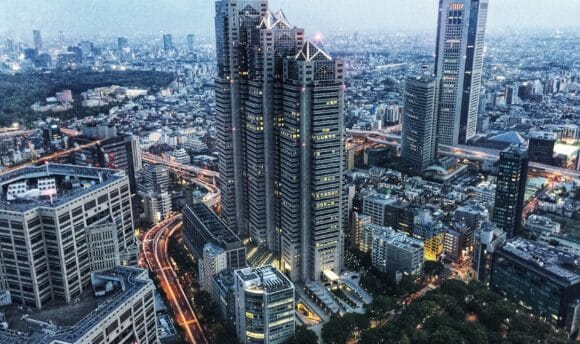The Japan Center for a Sustainable Environment and Society (JACSES) has released a fact sheet summarizing the issues surrounding the Rio Grande LNG project. The Rio Grande LNG project has been supported by SOMPO, one of the Japanese 3 largest insurers. Therefore, JACSES is urging SOMPO to stop underwriting the project.
The main points are as follows:
- The impact on our climate:
While LNG has been generally viewed as a low-emission fuel due to its lower greenhouse gas (GHG) emissions during combustion, recent studies have shown that when considering the entire lifecycle of LNG production, supply and transport, its impact on climate change can be up to 24 times greater than coal. Once completed, Rio Grande LNG is estimated to emit 163 million tons of CO2 annually throughout its lifecycle, which is equivalent to the emissions of 44 coal-fired power plants. The company claims that over 90% of CO2 will be reduced through Carbon Capture and Storage (CCS) technology, but this only accounts for emissions during the gas cooling process, representing a minimal reduction in CO2 emissions when considering the entire lifecycle. - Violation of Indigenous rights:
The Indigenous Carrizo/Comecrudo Tribe of Texas (Esto’k Gna) claims that the construction site of Rio Grande LNG is part of their sacred Garcia Pasture and strongly opposes its construction. The company has not engaged in dialogue with them at all, which goes against the United Nations’ recommendation of Free, Prior, and Informed Consent (FPIC) based on sufficient information. The National Park Service also expressed concerns about the potential destruction of remaining archeological treasures underground during LNG construction. - Impact on local residents:
Around the Rio Grande LNG area, 94% of local residents have Latin American backgrounds, with many potentially having roots in Indigenous communities in South Texas and Mexico. Concerns are raised about the disproportionate impact of harmful substances such as PM2.5 emitted by Rio Grande LNG on the community’s health. Furthermore, LNG construction is expected to negatively affect local fisheries and ecotourism. In the vicinity of the construction site, accidents involving rocket debris from SpaceX launch pads have occurred, with debris sometimes falling near the LNG construction site. Local residents are concerned that the debris might fall on the LNG facility. - Destruction of ecosystems:
The construction of the facility may irreversibly destroy the ecosystems of surrounding wetlands, grasslands, and forests. Since the construction site is adjacent to the Laguna Atascosa National Wildlife Refuge, it is ideal to manage the protected area comprehensively with the adjacent construction site.




